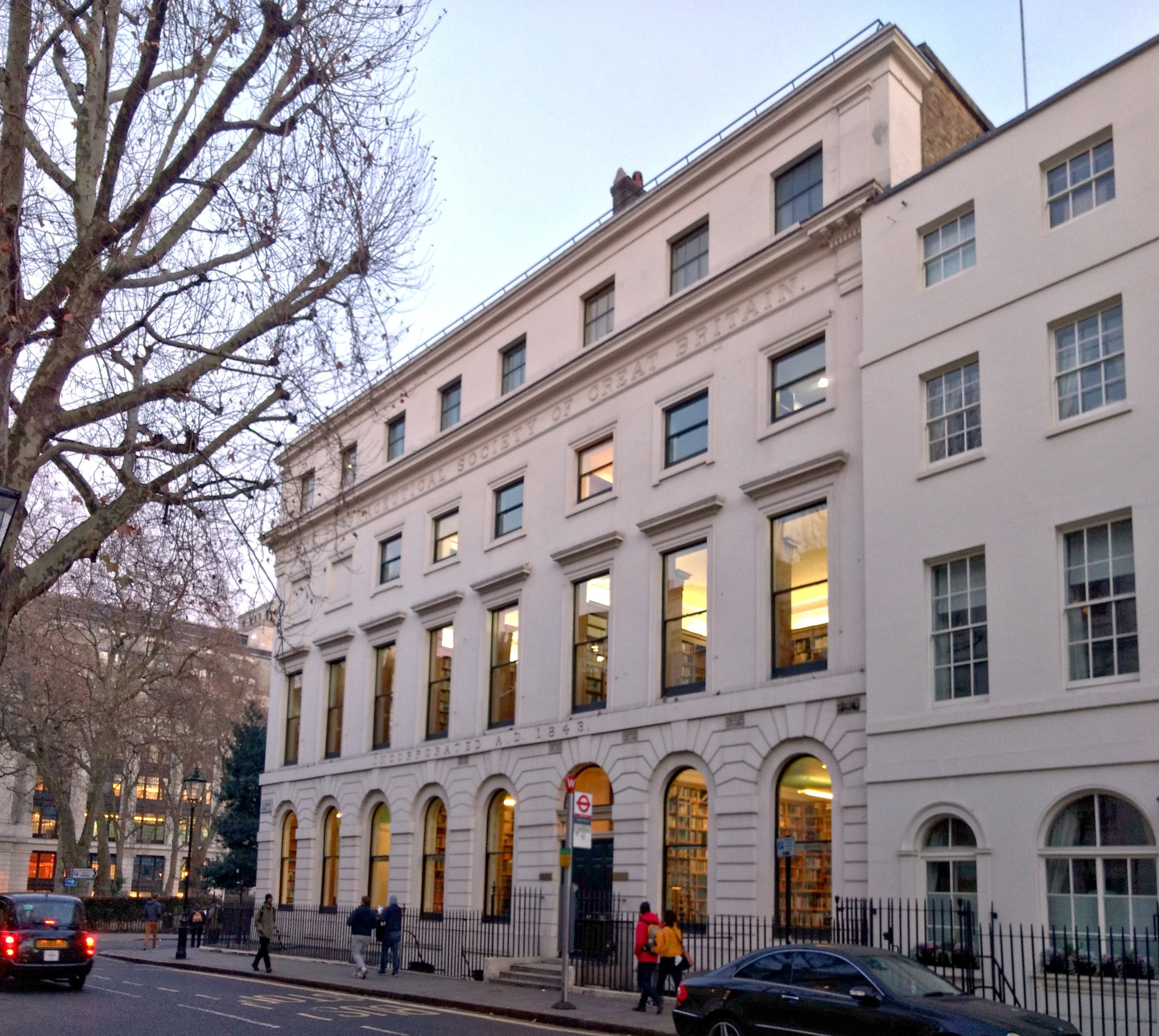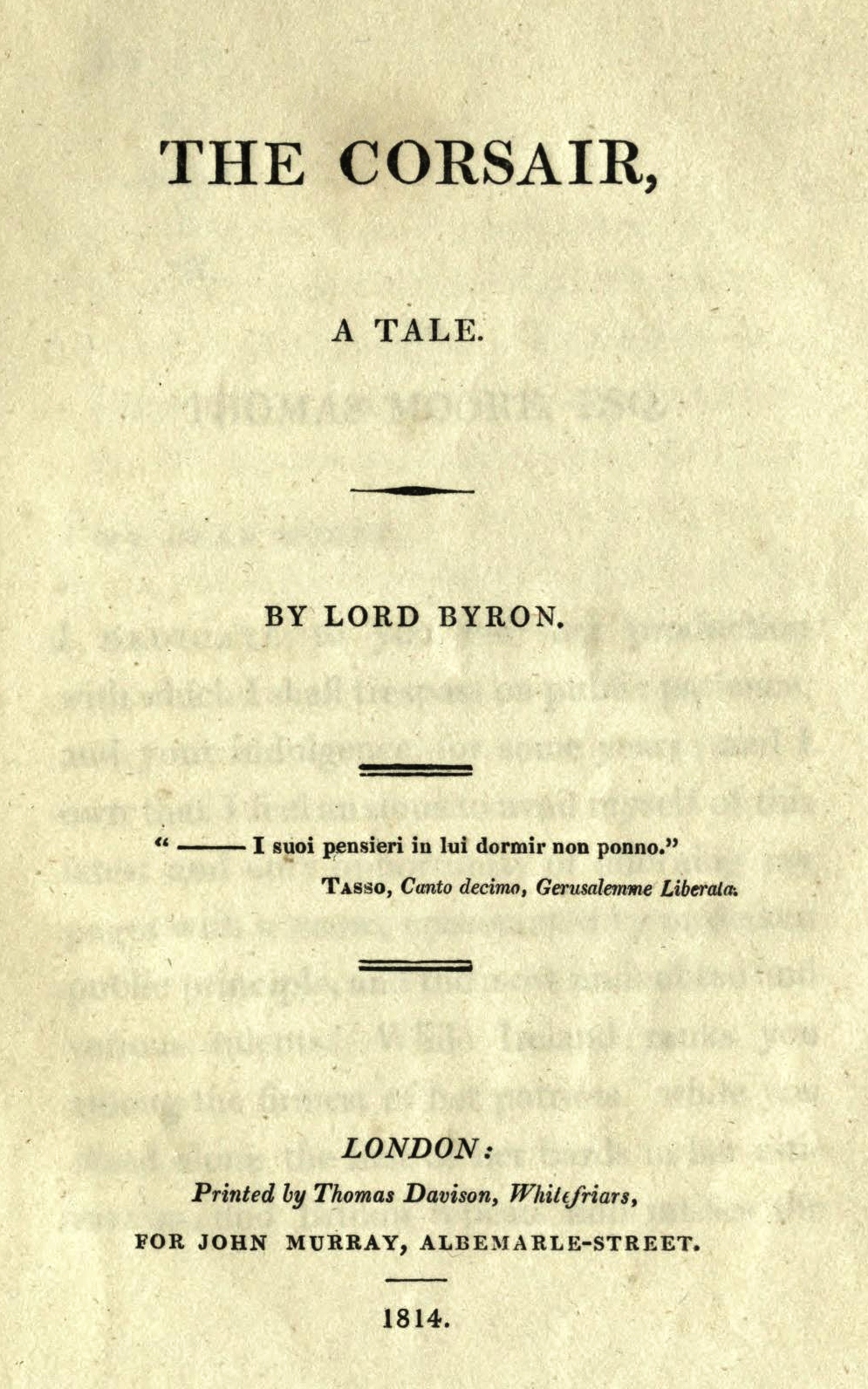|
Bloomsbury (horse)
Bloomsbury (1836 –1861) was a British Thoroughbred racehorse and sire. In a career that lasted from May 1839 to July 1841 he ran ten times and won four races. His most important win came on his first racecourse appearance when he won the 1839 Derby. He went on to win important races at Ascot and Liverpool before his retirement after his five-year-old season. He was later exported to stand as a stallion in Germany. Bloomsbury's controversial origins were the subject of two formal objections and a court case which led to a crisis in English racing. Background Bloomsbury was a bay horse described as looking "coarse" but very powerful, standing 15.3 hands high, bred by Mr Cattle, a farmer from Sheriff Hutton. The colt was sired by Mulatto the winner of the 1827 Doncaster Cup who went on to be a good, but unexceptional sire. Bloomsbury's dam, Arcot Lass, was one of the few mares to produce two Derby winners: her son St. Giles had won the race in 1832. According to one account, ... [...More Info...] [...Related Items...] OR: [Wikipedia] [Google] [Baidu] |
Harry Hall (painter)
Harry Hall ( – 22 April 1882) was an English Equestrianism, equestrian Painting, painter, whose works were in demand by horse owners. His output was prolific and he was the foremost racehorse portraitist of his time: his style has been described as being "strikingly modern... when compared with many of his contemporaries". He also produced other types of portraits and shooting scenes. Career Hall was born in Cambridge towards the middle of the second decade of the 19th century (dates of 1813, 1814, 1815, and 1816 are to be found in biographies). He first appeared as an artist at Tattersalls, working on a number of their publications; initially ''British Racehorses'' and ''The Sporting Review''. He graduated to become chief artist of ''The Field (magazine), The Field''. He produced a great volume of work, much of which was Engraving, engraved. ''The Sporting Magazine'' published 114 Lithography, plates by Hall. He also worked for ''The Illustrated London News''. Hall began lif ... [...More Info...] [...Related Items...] OR: [Wikipedia] [Google] [Baidu] |
Bloomsbury Derby
Bloomsbury is a district in the West End of London, part of the London Borough of Camden in England. It is considered a fashionable residential area, and is the location of numerous cultural institution, cultural, intellectual, and educational institutions. Bloomsbury is home of the British Museum, the largest museum in the United Kingdom, and several educational institutions, including University College London and a number of other colleges and institutes of the University of London as well as its central headquarters, the New College of the Humanities, the University of Law, the Royal Academy of Dramatic Art, the British Medical Association and many others. Bloomsbury is an intellectual and literary hub for London, as home of world-known Bloomsbury Publishing, publishers of the ''Harry Potter'' series, and namesake of the Bloomsbury Group, a group of British intellectuals which included author Virginia Woolf, biographer Lytton Strachey, and economist John Maynard Keynes. Bloo ... [...More Info...] [...Related Items...] OR: [Wikipedia] [Google] [Baidu] |
The Corsair (horse)
''The Corsair'' (1814) is a long tale in verse written by Lord Byron (see 1814 in poetry) and published by John Murray in London. It was extremely popular, selling ten thousand copies on its first day of sale, and was influential throughout the following century, inspiring operas, music and ballet. The 180-page work was dedicated to Irish poet Thomas Moore. Background The poem, divided into 3 cantos (like Dante's ''Divine Comedy''), narrates the story of the corsair or privateer Conrad. The tale narrates how the youth was rejected by society because of his acts and his war against humanity (excepting women). In this 180-page tale, the figure of the Byronic hero emerges, "that man of loneliness and mystery" who perceives himself a "villain", an anti-hero. Many Americans believed the poem was based on the life of the privateer/pirate Jean Lafitte.Ramsay (1996), pp. 138–9. Summary The plot focuses on Conrad, a corsair, a kind of pirate or privateer. The first canto recoun ... [...More Info...] [...Related Items...] OR: [Wikipedia] [Google] [Baidu] |
2000 Guineas
The 2000 Guineas Stakes is a Group 1 flat race in Great Britain open to three-year-old thoroughbred colts and fillies. It is run on the Rowley Mile at Newmarket over a distance of 1 mile (1.6 km) and scheduled to take place each year at the start of May. It is one of Britain's five Classic races, and at present it is the first to be run in the year. It also serves as the opening leg of the Triple Crown, followed by the Derby and the St Leger, although the feat of winning all three has been rarely attempted in recent decades. History The 2000 Guineas Stakes was first run on 18 April 1809, and it preceded the introduction of a version for fillies only, the 1000 Guineas Stakes, by five years. Both races were established by the Jockey Club under the direction of Sir Charles Bunbury, who had earlier co-founded the Derby at Epsom. The races were named according to their original prize fu ... [...More Info...] [...Related Items...] OR: [Wikipedia] [Google] [Baidu] |
Pound (mass)
The pound or pound-mass is a unit of mass used in both the British imperial and United States customary systems of measurement. Various definitions have been used; the most common today is the international avoirdupois pound, which is legally defined as exactly , and which is divided into 16 avoirdupois ounces. The international standard symbol for the avoirdupois pound is lb; an alternative symbol (when there might otherwise be a risk of confusion with the pound-force) is lbm (for most pound definitions), # ( chiefly in the U.S.), and or ̶ (specifically for the apothecaries' pound). The unit is descended from the Roman (hence the symbol ''lb'', descended from the scribal abbreviation, '). The English word ''pound'' comes from the Roman ('the weight measured in '), and is cognate with, among others, German , Dutch , and Swedish . These units are now designated as historical and are no longer in common usage, being replaced by the metric system. Usage of the un ... [...More Info...] [...Related Items...] OR: [Wikipedia] [Google] [Baidu] |
Royal Ascot
Ascot Racecourse is a dual-purpose British racecourse, located in Ascot, Berkshire, England, about 25 miles west of London. Ascot is used for thoroughbred horse racing, and it hosts 13 of Britain's 36 annual Flat Group 1 races and three Grade 1 Jumps races. The racetrack's current grandstand was completed in 2006. Ascot Racecourse is visited by approximately 600,000 people a year, accounting for 10% of all UK racegoers. The racecourse covers leased from the Crown Estate, and enjoys close association with the British Royal Family. Ascot was founded in 1711 by Queen Anne and is about from Windsor Castle. Royal stands have been in use at the sports venue since the late 18th century. The main grandstand has been demolished and rebuilt on many occasions. The first public grandstand was built in 1839 and has been redeveloped over the centuries. Queen Elizabeth II visited the racecourse quite frequently. The seating area was reconstructed in 1961 and named in her honour, but t ... [...More Info...] [...Related Items...] OR: [Wikipedia] [Google] [Baidu] |
Bookmakers
A bookmaker, bookie, or turf accountant is an organization or a person that accepts and pays out gambling, bets on sporting and other events at agreed-upon odds. History The first bookmaker, Harry Ogden, stood at Newmarket Racecourse, Newmarket in 1795, although similar activities had existed in other forms earlier in the eighteenth century. Following the Gaming Act 1845, the only gambling allowed in the United Kingdom was at race tracks. The introduction of special excursion trains meant that all classes of society could attend the new racecourses opening across the country. Runners working for bookmakers would collect bets in Clock bag, clock bags. Cash flowed to the bookmakers who employed bodyguards against protection gangs operating within the vast crowds.Dick Kirby, ''The Race Track Gangs'', The Peeler issue 7 July 2002, 'Friends of the Met Police Museum' Illegal betting shops were fined, but some, like Bella Thomasson, ran betting businesses that the police appeared to ... [...More Info...] [...Related Items...] OR: [Wikipedia] [Google] [Baidu] |
General Stud Book
The ''General Stud Book'' is a breed registry for horses in Great Britain and Ireland. More specifically it is used to document the breeding of Thoroughbreds and related foundation bloodstock such as the Arabian horse. Today it is published every four years by Weatherbys. Volume 49 was published in 2021. In 1791, James Weatherby published ''Introduction to a General Stud Book'', which was an attempt to collect pedigrees for the horses racing then and that had raced in the past. It was filled with errors and was not at all complete, but it was popular and led in 1793 to the first volume of the ''General Stud Book'' which had many more pedigrees and was more accurate. Volume one was revised many times, the most important being in 1803, 1808, 1827, 1859 and 1891.Montgomery ''The Thoroughbred'' p. 42 The General Stud Book has been owned by Weatherbys ever since; the two horse racing authorities that cover the United Kingdom, the British Horseracing Authority in Great Britain (h ... [...More Info...] [...Related Items...] OR: [Wikipedia] [Google] [Baidu] |
Weatherbys
Weatherbys Ltd. is a UK conglomerate involved in a wide range of activities largely within banking and horse racing. The original business was founded by James Weatherby in 1770. History James Weatherby was appointed to serve the Jockey Club The Jockey Club is the largest commercial horse racing organisation in the United Kingdom. It owns 15 of Britain's famous racecourses, including Aintree Racecourse, Aintree, Cheltenham Racecourse, Cheltenham, Epsom Downs Racecourse, Epsom ... as its secretary and stakeholder in 1770. He was an able and entrepreneurial man and over the next 25 years laid strong foundations for the business. Under his aegis, his first racing calendar was published in 1773, followed, in 1791, by the publication of The General Stud Book, a definitive record of the pedigrees of approximately 400 horses which became the foundation for all thoroughbred bloodstock worldwide. He was assisted in this by his nephew, whose work on racehorse pedigrees dove ... [...More Info...] [...Related Items...] OR: [Wikipedia] [Google] [Baidu] |
Furlong
A furlong is a measure of distance in imperial units and United States customary units equal to one-eighth of a mile, equivalent to any of 660 foot (unit), feet, 220 yards, 40 rod (unit), rods, 10 chain (unit), chains, or approximately 201 metres. It is now mostly confined to use in horse racing, where in many countries it is the standard measurement of race lengths, and agriculture, where it is used to measure rural field lengths and distances. In the United States, some states use older definitions for surveying purposes, leading to variations in the length of the furlong of two parts per million, or about . This variation is small enough to not have practical consequences in most applications. Using the International yard and pound, international definition of the yard as exactly 0.9144 metres, one furlong is 201.168 metres, and five furlongs are about 1 kilometre ( exactly). History The name ''furlong'' derives from the Old Engli ... [...More Info...] [...Related Items...] OR: [Wikipedia] [Google] [Baidu] |
Filly
A filly is a female horse that is too young to be called a mare. There are two specific definitions in use: *In most cases, a ''filly'' is a female horse under four years old. *In some nations, such as the United Kingdom and the United States The United States of America (USA), also known as the United States (U.S.) or America, is a country primarily located in North America. It is a federal republic of 50 U.S. state, states and a federal capital district, Washington, D.C. The 48 ..., the world of horse racing sets the cutoff age for fillies as five. Fillies are sexually mature by two and are sometimes bred at that age, but generally, they should not be bred until they themselves have stopped growing, usually by four or five.Ensminger, M. E. ''Horses and Horsemanship: Animal Agriculture Series.'' Sixth Edition. Interstate Publishers, 1990. p. 149-150 Some fillies may exhibit estrus as yearlings. The equivalent term for a male is a colt. When horses of either ... [...More Info...] [...Related Items...] OR: [Wikipedia] [Google] [Baidu] |
Sim Templeman
Simeon "Sim" Templeman (1805-1884) was a British classic-winning jockey. He won seven classic races in total, including the Epsom classic double twice. Career Templeman was born into a long standing farming family in the village of Everingham in the East Riding of Yorkshire. His parents are variously reported as Charles John Templeman and Jane Templeman or Edward and Hannah Templeman. He was baptised on 13 July 1805 and had three younger brothers - Matthew, William and John. He started out riding for Malton-based trainer Tommy Sykes and his first ride came in 1819 at Malton Races on Unity, owned by a local doctor. However, he did not win his first race until 1821, when he won at Catterick. By 1833 he was riding for the Duke of Leeds and his reputation among northern jockeys was said to "stand high". In 1839, he won his first Derby on Bloomsbury. The race was run in a snowstorm, Templeman making his move late and winning by a length at odds of 25/1. Some later believed the ... [...More Info...] [...Related Items...] OR: [Wikipedia] [Google] [Baidu] |






